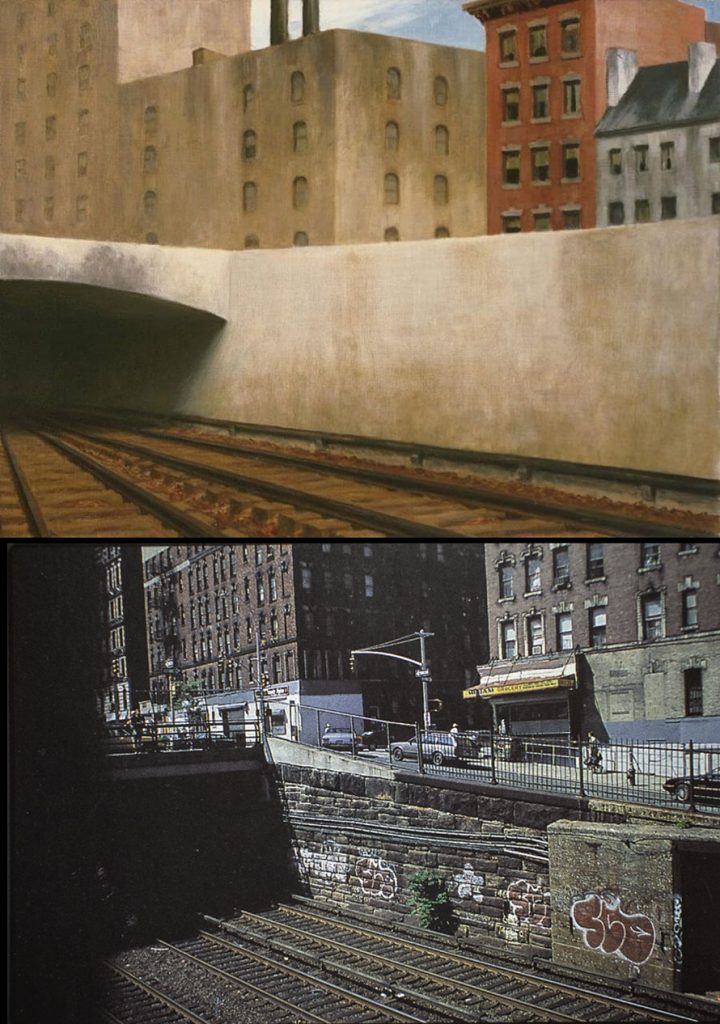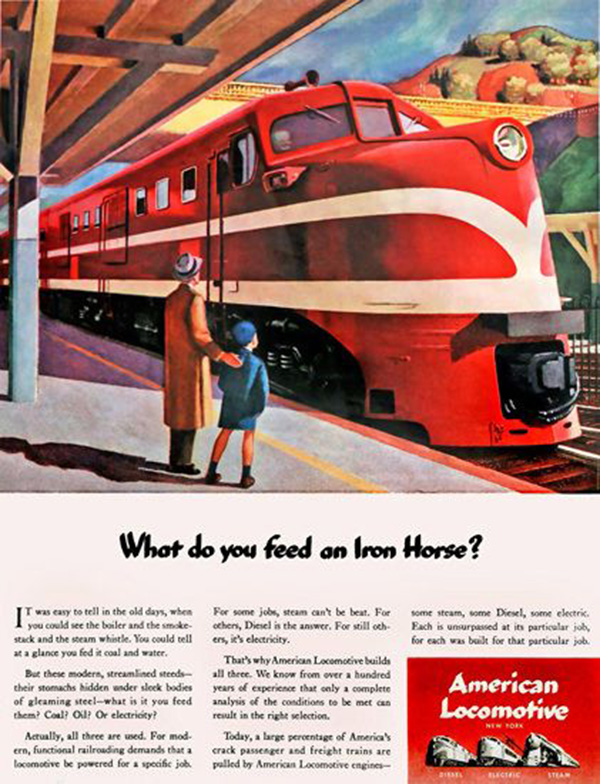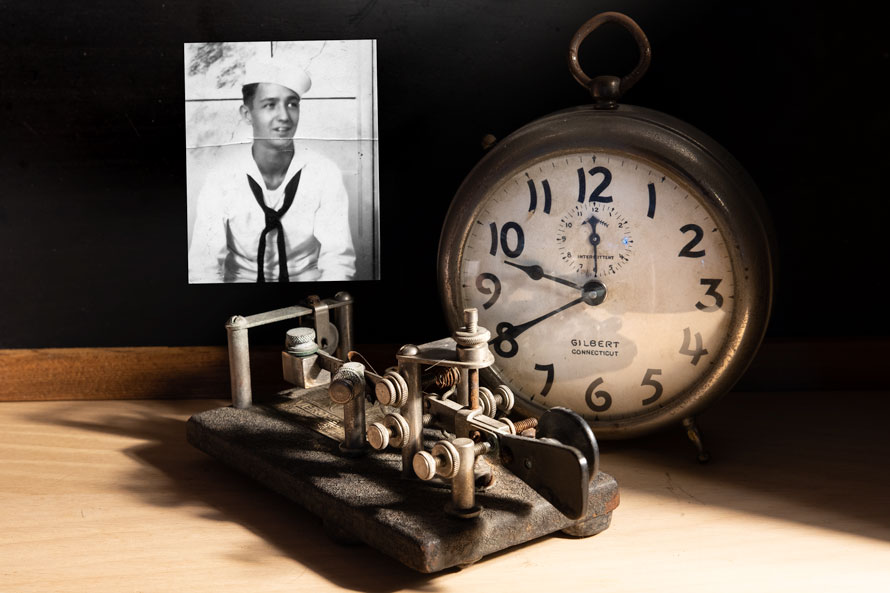Hopper’s Places

Photograph by Gail Levin from “Hopper’s Places”
When I was working on the video “Hopper and the Railroad,” I ordered Hopper’s Places, by Gail Levin. The book did not come until earlier this week, too late to reference for the video but it is worth a mention if you are interested in Hopper’s work.
Gail Levin is an art historian who has written extensively about Hopper and has curated exhibitions of Hopper’s work at the Whitney Museum of American Art and elsewhere. In “Hopper’s Places,” she explores Hopper’s work in photographs of the places he painted. Ms. Levin began photographing this project in 1976, and found some sites nearly intact, others changed beyond recognition. She writes in the introduction:
“To understand a realist painter like Hopper, we must explore both his choice of subject matter and his method of depiction. Just how faithful to his observations was he? One accurate way to access this aspect of his work is to compare his actual subjects, where they survive, to their appearances in the paintings themselves.”
Is it Really a Hopper?

In this short article about Hopper and his depiction of the railroad, I mentioned an illustration that appeared in a 1944 ALCO locomotive advertisement attributed to Hopper. A reader asked if I had a reliable source for this attribution. The work shows up dozens of times in internet searches, and the illustration is always attributed to Hopper, but I could find nothing definitive to prove that Hopper actually painted it. (I do not consider Pinterest a reliable source.) Hopper reportedly hated commercial work and it is difficult to imagine what would have motivated him to take on a commission at this late date when his reputation as a major American artist was secure.
I contacted the Whitney Museum of American Art, which is a major repository for Hopper’s work, including his personal papers and journals. They replied only that this work is not in their collection and invited me to make an appointment with the research librarian to dig deeper after the Museum re-opens. (Closed during COVID-19)
So, it is really a Hopper? If anyone has any information about this, or can point to a reliable source for the attribution, please let me know.
Morse Code

My father was a radioman in the Pacific during World War II, and last week’s Morse Code Day celebration put me in mind of Dad. That’s him in the photo, along with his Vibroplex telegraph key, or “bug.” Don’t ask about the clock. My wife would label this picture “artsy-fartsy” but I claim exemption on the grounds that I am stuck inside . . . I mean sheltering in place, and need something to photograph.
The telegraph and Morse Code was, of course, a key communication technology for the railroad from the very beginning up until just past the middle of the 20th century. On Morse Day – 2018, I filmed Abram Burnett demonstrating the original telegraph and how it was used by the railroad.
One thing leads to another, and I came across this video of the last Morse code maritime radio station in the North America. It’s not about the railroad, but gives a fascinating glimpse into a not so distant past when Morse code was a critical link to ships at sea.
5th Thursday
And one more thing. Several months during the year end up with five Thursdays. This year those months are April, July, October and December. To provide a couple of breaks in our schedule, the regular weekly Thursday article will not appear on those fifth Thursdays. So check back in with us on May 7th, for more great photographs and stories from our talented and generous contributors.
Edd Fuller, Editor
Intriguing short discussions, to say the least. The Park Avenue tunnel entrance doesn’t look quite as good as it could, but fascinating to see the direct comparison to the Hopper. The Alco ad certainly adds an unexplained question. The photograph of the “bug” and the clock and your father is very well done. It would be interesting to know more about each of these as short stories, so to speak.
Thanks, Dave. Many of the things that we hold on to over the years have meanings that seem to get richer over time. Yes, there are stories to be told.
Great story, That first picture and painting hit home as I have seen it so many times! that pocket watch says Gilbert on it, Would AC Gilbert have made it in New Haven Ct?